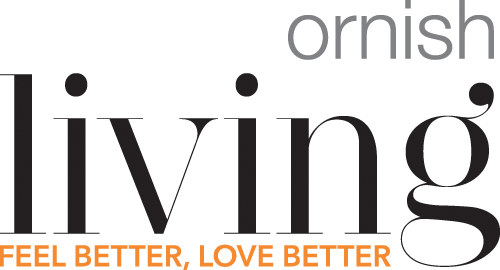
Using Imagery with the Intention to Heal
Photo Credit: Chris Combe, via Flickr Creative Commons
We all use imagery, both to support a positive outcome and when we worry, whether we are aware of it or not. We imagine ourselves delivering a speech, competing in an athletic event, rehearsing, or planning something important to us.
Studies show that positive visualization can up regulate the relaxation response, which can support health and healing
When we worry, we are also using imagery, but it’s called “awfulizing. ” Most often what we worry about doesn’t happen and it leaves a negative imprint on our bodies and minds. Awfulizing can trigger physiological responses that up regulate the sympathetic nervous system or the fight or flight response. But if we try to flip that bad image into a good one, we can also start to relax.
Studies show that positive visualization can up regulate the parasympathetic response or the relaxation response, which can support health and healing. As a healing tool, imagery is something that is hard to measure, but we can feel the effects in our own bodies. Many of the heart participants in the Ornish Lifestyle Medicine program find this practice to be one of the most valuable techniques in their own healing process. It can be deeply relaxing, creative and fun.
Direct and Indirect Imagery
Indirect imagery uses an image of something peaceful or healing to promote a healing response. Imagine yourself in a place in nature that feels completely healing to you: sitting by the ocean, lying in a meadow, or sitting on a mountaintop. As you imagine this peaceful image let it fill the spaces of your body and mind. It can create a feeling of peace that indirectly supports a healing experience. It’s very individual since what feels peaceful to one person may not feel the same to another person. Direct imagery is when we choose an image to heal a specific place in the body or mind. Imagine a blocked artery and then go in and imagine hitting the delete button and allowing all the plaque to disappear, or imagine healing light or energy filling an area in the body or mind that is in need of repair. Let yourself hold that image in the area in which you need it most.
Using Imagery in Your Daily Life
There is an endless number of ways to practice imagery, and you can be as creative as possible. You may try using a cartoon image, a detailed sketch, a specific photo image, or a feeling of healing. One participant told me of his deep connection to his sisters who lived in Europe. He said they always took such good care of him and he missed them deeply, so he imagined them going into his arteries, sweeping the plaque away and then applying a gentle healing salve to those inflamed arteries. He had tears in his eyes when he spoke of this practice. It was so meaningful to him personally. These personal images can be so powerful. If you are unsure of what to use, you can even go in and ask your own heart what it needs from you to be healthy and whole. Imagine using that in some way in your imagery practice. With a little practice, the right image will emerge. Try our guided imagery meditation for some inspiration. Imagery can also be used to change a thought that isn’t serving you. Or to shift negative thinking and imagine a positive outcome
When to Practice
Imagery can be used anytime during the day that you want to shift to a positive outcome. It can also be part of your stress management practice after you have practiced deep relaxation or meditation while the body and mind are still and quiet. Sharing images can help inspire others. Can you share some of the images that you are using?








